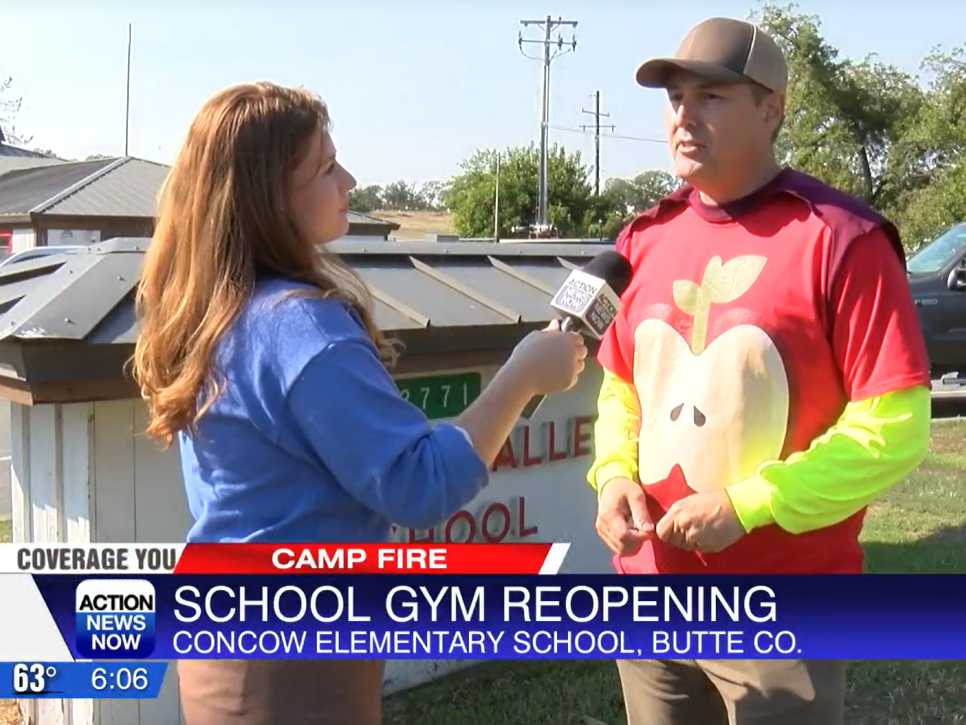For about 90% of my career, I have served in administration and teacher roles for “basic aid” school districts in California. Another way to think about a basic aid school district is to consider them “community funded.” Community funded school districts derive more funds from local property taxes than most other districts in California and they are allowed to keep the excess. Basic aid districts are special. I have spent my career leading community funded districts and hope to share some of that knowledge with you below.

What is a basic aid school district?
The state determines an amount each student is worth, which usually changes each year. The state’s base grant per student, if a student has one-hundred percent (100%) attendance during the school year, is approximately $12,500. Therefore, each day a child attends school would be equal to $69.44. Schools do not get the $69.44 if the student does not attend for any reason. So a typical school district has an incentive to care about their attendance rate because it directly affects funding. California does not give districts $69.44 per student per day, instead the state will ensure a district receives at least that amount.
Local property taxes contribute to school funding in California.
All property owners pay property taxes. A portion of their property taxes go to schools. Let’s use the example above where each student attending school is worth $69.44 per day. Say the district collects enough property taxes to cover $60.00 per student per day. The state will top off the district and contribute $9.44 per day per student to ensure the district gets a base grant of at least $69.44 per student attendance day. There are over 100 special districts in California where their local property taxes exceed the base funding.

Basic aid school districts are community funded because the local property owners contribute more than the $12,500 per student per year – or more than the $69.44 per student day. Say a district is large geographically but very rural. In this hypothetical scenario, let’s also assume property taxes collected during the fiscal year were approximately $1,250,000. This example district is rural and has an approximate average daily attendance (ADA) of 50 students. If you divide the community collected property taxes by the 50 ADA, this equates to $25,000 per student. In this case, the amount per student is double the state allocation of $12,500. The district is allowed to keep all of the local property tax and the state does not contribute to the district’s base funding.
This special set of circumstances do not only happen to geographically large and rural districts. It also happens to the VERY wealthy districts in California. Other basic aid districts are in high wealth areas of the bay area, coast, etc… These high wealth communities have very high property values with high property taxes. Their contribution to the local school district exceeds the base amount guaranteed by the state.
Do basic aid districts receive other state funding?
Basic aid districts receive most non-base grant state funding should the district qualify. Districts that qualify for supplemental and concentration grants, no matter if they are basic aid or not, receive additional state funding. Say a rural basic aid district has a high population that struggles economically – with many students qualifying for free or reduced lunch. In this scenario, the district will keep its property taxes but will also get additional funds to help students via the state’s supplemental and concentration grants. However, high wealth basic aid districts may not have enough students with qualifying demographics to receive additional state funding.
Another example of basic aid districts receiving state funds includes ELO-P, also known as the Expanded Learning Opportunities Program. These funds are provided to districts to expand the educational experience beyond the regular school day and beyond the regular school year. Basic aid districts will receive any other state funds should they qualify in addition to the property taxes they collect.
To conclude…
Basic aid districts are special cases that spend more than most districts on education when the cost is divided per student. Note that since a good portion of their funds are provided by property taxes, basic aid districts only get their funding twice per year – as the community pays their property tax bills. Community funded districts have to keep higher reserves on-hand to stay cash-flow positive. The district spends down reserves as it pays bills and payroll then gets replenished twice per year when taxes are due. In addition to property taxes, basic aid districts receive other state funding for which they are qualified. Typically, these community funded districts occur in rural areas with vast amounts of land with few students and in high wealth districts where property values are very high.
Josh Peete, M. Ed. Admin.
- Superintendent Productivity Boost: The Power of a Small Pocket Notebook in Education Leadership
- Inside the World of School District Superintendents: An Experienced Superintendent’s Comprehensive Insights into Roles, Responsibilities, Hiring, Qualifications, Turnover, Selection Process, Contracts, and Requirements
- Superintendent’s Guide to National Disaster Preparedness Month: Equipping Schools for Safety and Resilience
- A Superintendent’s Blueprint for Cultivating Creativity and Growth through Art during National Arts in Education Week and National Arts & Humanities Month
- The Ultimate Guide to National Crayon Collection Month by the Superintendent: Unveiling Secrets, Crayon Recycling, Landfill Impact, Creative Uses, Environmental Awareness, and More








